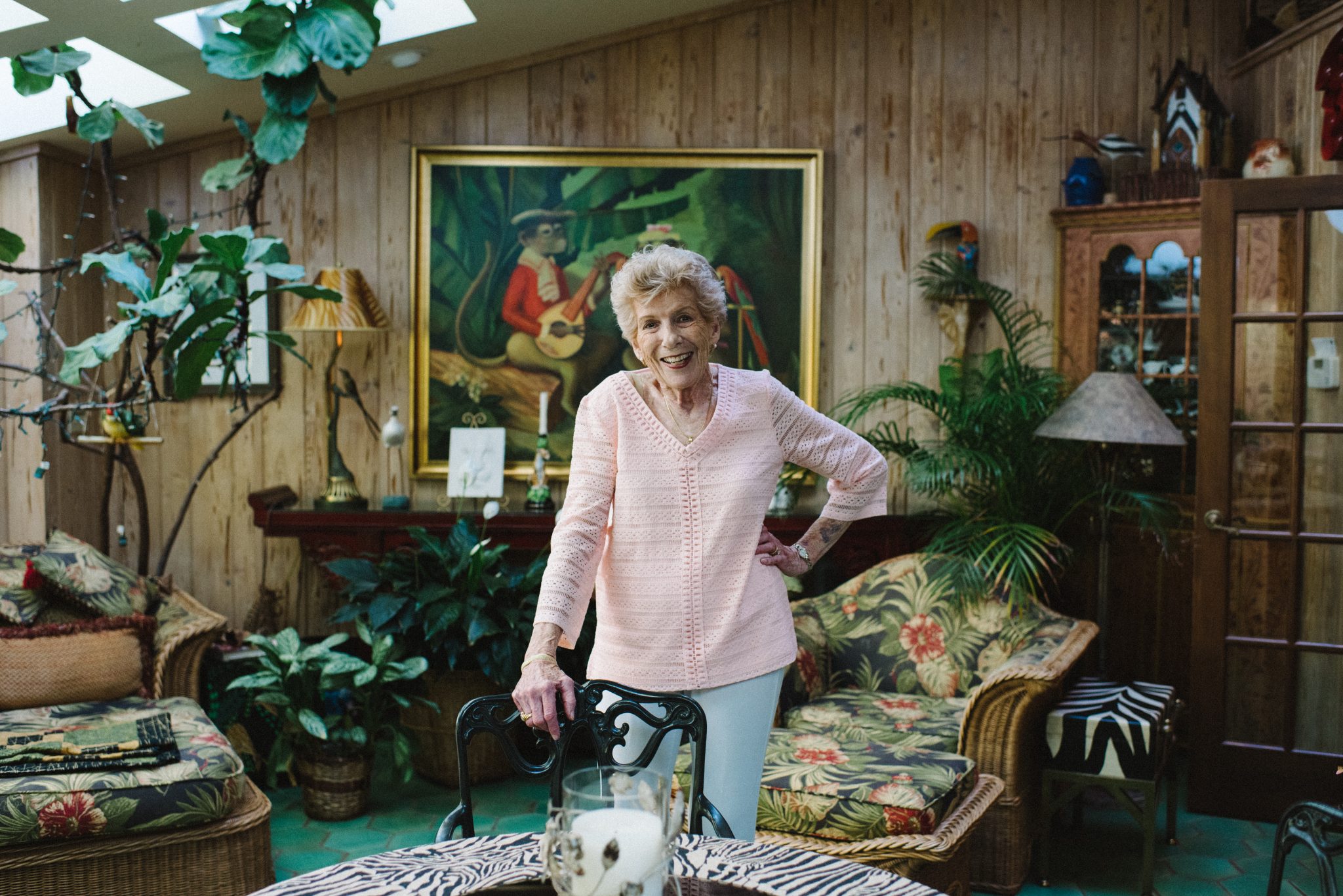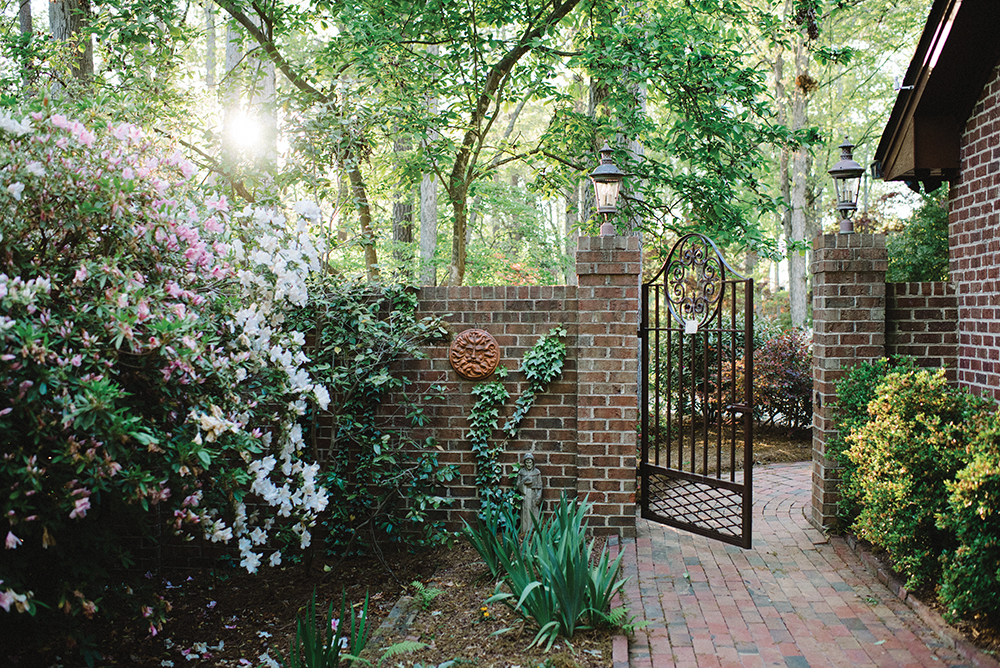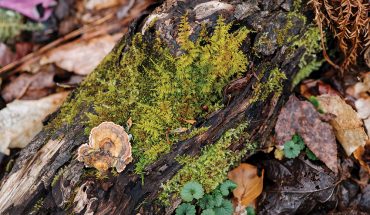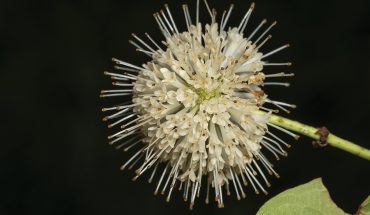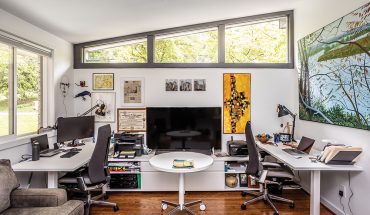Carolyn Booth takes us through the evolution of her lush, British Isle-inspired landscape full of art, azaleas, and herbs.
by Carolyn Booth | photography by Jaclyn Morgan

Welcome to my garden! Spring has arrived in all its glory, and my azaleas and rhododendrons are at their peak. Take a stroll with me and I’ll tell you a tale of how a gardener and an engineer turned this rocky, sloping three-quarters of an acre into a glimpse of the English countryside.
We built our home here in MacGregor Downs in 1976, starting out with the usual shrubs and bushes. But our lot sloped away from the golf course and from side to side, leaving little space for anything around the house other than a small brick patio and bed of roses. It was not until we explored the British Isles that we found our inspiration.
We loved the spaces we saw attached to the 19th-century estates scattered about the English countryside: Sissinghurst Castle with its compartmentalized plots; Hidcote Manor with its great walls and roses; Hever Castle where the landscape rises around the ruins of an ancient moated castle. Many had elaborate glass houses, like giant terrariums, and all had extensive, engaging spaces where guests could stroll along gravel paths to their heart’s content.
Between our yearly trips abroad, we plotted our master plan. My husband, Dick, an engineer, ran a complete topography of our property. We leveled the entire lot and filled it with stepped-down walls, terraces, winding pathways, and even an addition to our home, until we had encompassed every inch of the property. The concept of English country garden “rooms,” with paths leading to beds all around the house, slowly became a reality.
It would take years to become established. We needed professional help to dig out the rocks and roots and to bring in tons of sifted topsoil. Eventually, we built the brick walks ourselves, connecting the various areas, just as we’d seen in England.
An eight-sided brick gazebo caps the end of the retaining wall and overlooks the seventh green; it’s one of our favorite spots for a meal al fresco. Just beyond, a walkway takes us through a small parterre-style shade garden of miniature boxwoods, hostas, and ferns. As we wander back towards the house, there’s a bed of hosta sieboldiana, planted from seed many years ago. The Oriental Snowball Viburnum shading the little plot is one of many heirloom plants my parents gave me, keeping the tradition of pass-along plants alive in our family.
After removing 30 or 40 trees to put in a circular driveway in front of the house, we were left with a natural area of indigenous trees, including dogwood, holly, redbud, and wild azalea. To that we added several cultivars of azaleas popular in the South: Lady Banks, George Tabor, and White Ruffles. But something was missing.
The engineer figured it out: we needed hardscaping. We cleared a path, and paired a bench with a sculpture given to us by our grandson, Brian, when he graduated from art school.
Our yard has hosted many family celebrations over the years: birthdays, weddings, Mother’s Day, Father’s Day, Easter. But finishing the “Martini Garden” may have been the best.
After many weeks of lugging and setting paver stones, then shopping
for the perfect bench, the engineer sat down to rest. “I need a martini,” he said. The gardener, who had been busy planting hostas, Lenten roses, astilbes, and even more azaleas (if you can imagine) said, “I’d like one, too. And make it dirty.”
A tradition was born. And if you find yourself here around 5 o’clock, perhaps you’ll join us.
